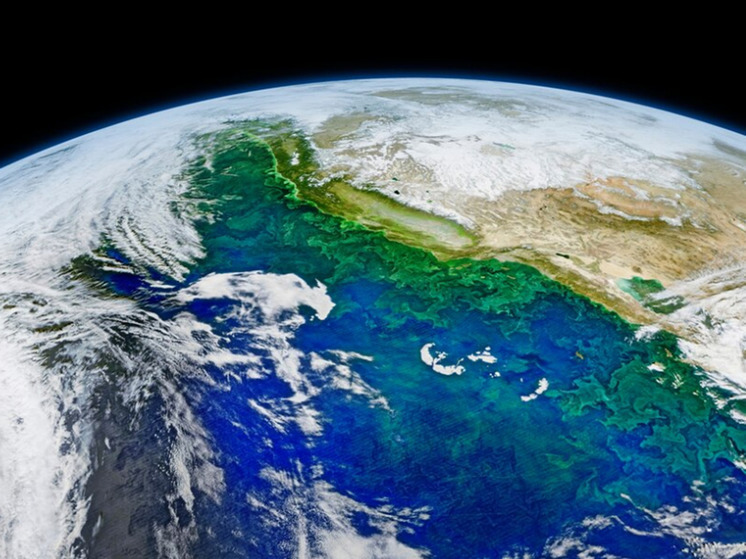A revolutionary discovery could change the understanding of the water cycle in nature
A striking discovery made by a group of scientists reveals the secrets of the origin of water on our planet. A huge ocean was found at a depth of 700 kilometers underground.

The quest to pinpoint the origins of Earth's water has led researchers to a monumental discovery — a colossal ocean located in the Earth's mantle more than 700 kilometers below the surface. This hidden ocean in a blue rock known as ringwoodite challenges understanding of where water comes from on Earth. The size of the underground sea is so huge that it is three times the volume of all the surface oceans of the planet combined.
The discovery puts forward a new theory about the water cycle on Earth. It suggests that rather than being formed by a comet impact, as some theories suggest, Earth's oceans rose slowly from the planet's core.
Northwestern University researcher Steven Jacobsen noted that «this is significant proof that water on Earth came from within.” According to Jacobsen, the hidden reservoir may also explain why the size of the world's oceans has remained constant for millions of years.
“I think we are finally seeing evidence of a water cycle throughout the Earth, which may help explain the enormous amount of liquid water on the surface of our habitable planet. Scientists have been searching for this missing deep-sea zone for decades,” he concluded.
To discover the underground ocean, the researchers used 2,000 seismographs across the United States, analyzing seismic waves from more than 500 earthquakes. These waves, which travel through the Earth's interior, including its core, slow down as they pass through wet rock, allowing scientists to infer the presence of vast reserves of water.
The presence of water in the Earth's mantle, released at the edges between rocks particles, can change scientists’ understanding of the water cycle on the planet. Jacobsen points out the importance of this body of water: “Without it, water would be on the surface of the Earth, and the only visible territory would be the mountain peaks.”
They also discovered intergranular melt in the transition zone: “These results indicate hydration large region of the transition zone and that dehydration melting may lead to retention of H2O in the transition zone.»
Researchers are now seeking to collect more seismic data from around the world to determine whether mantle melting is a common occurrence. Their findings could revolutionize our understanding of the Earth's water cycle, offering new insight into one of the most fundamental processes on the planet.






















































Свежие комментарии